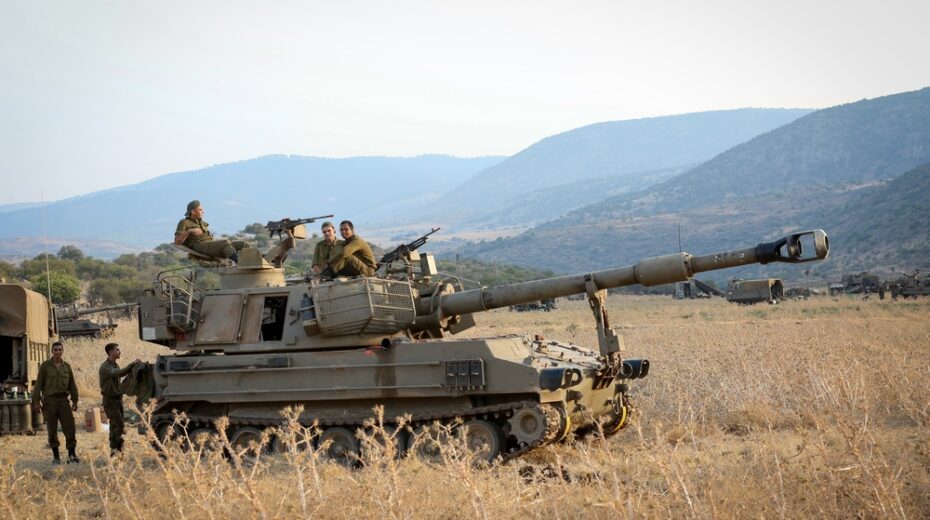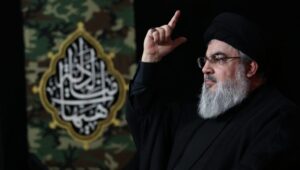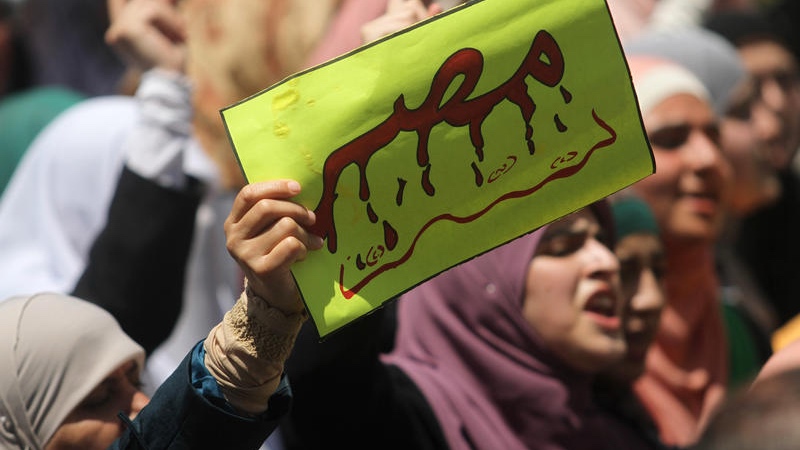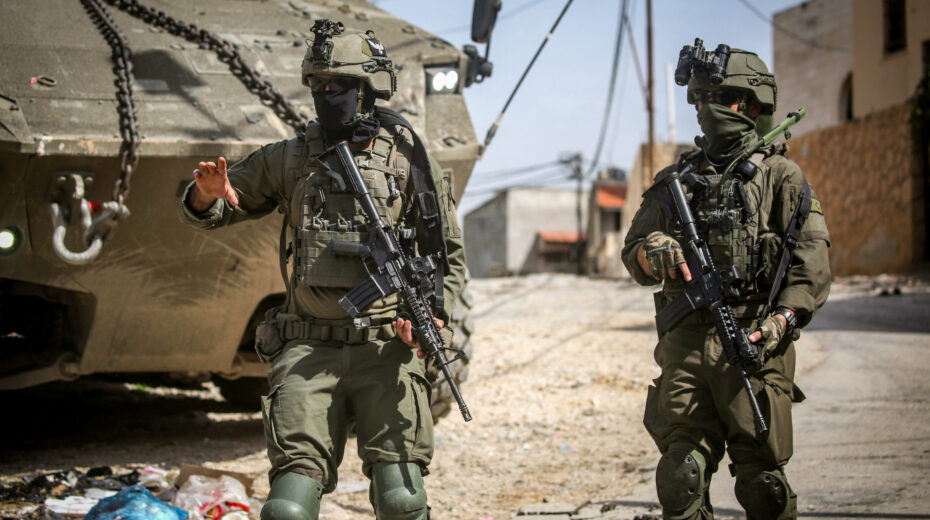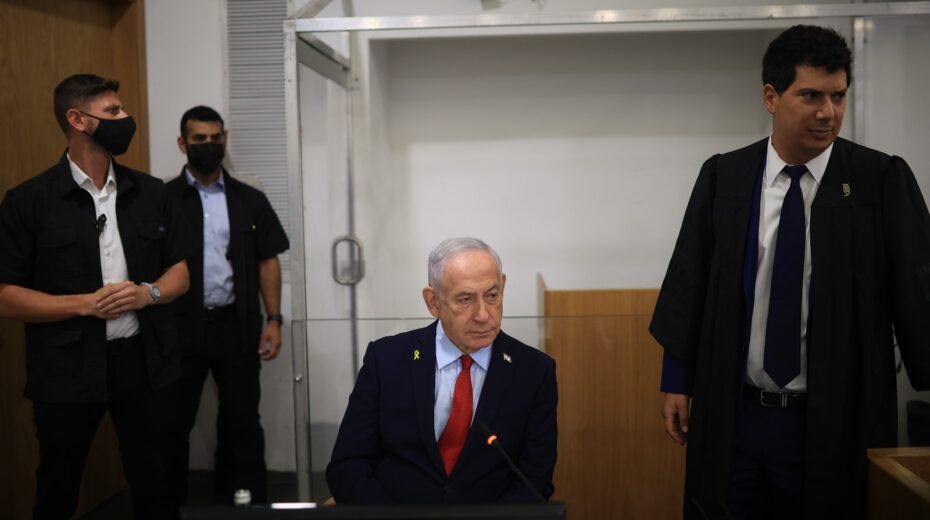Tensions in northern Israel escalated dramatically on Monday when a group of 4-5 Hezbollah terrorists tried to infiltrate into Israeli territory near Har Dov, an area close to Mount Hermon that Hezbollah claims to belong to Lebanon, despite international recognition of Israel’s sovereignty over these lands.
The current stand-off with Hezbollah started a week ago Monday evening when this reporter watched three Apache attack helicopters fly over the Sea of Galilee in the direction of the Syrian Golan Heights near Kuneitra.
A couple of minutes later, four warplanes were seen flying in the direction of the Lebanese border, and it became clear that the Israel Air Force was preparing new military action against Iranian targets in Syria.
Hours later, Syrian media reported explosions near Damascus and in the border region near Kuneitra, where Hezbollah is in charge of a troop build-up.
Several observation posts and intelligence gathering facilities belonging to the Quds Force of the Islamic Revolutionary Guards Corps near Kuneitra were hit, according to Israeli media, and at least five Syrian soldiers and Quds Force operatives were killed.
Among those killed was a low-ranking Hezbollah officer. The Lebanese terror group reacted by issuing statements that the death of one of its operatives would be avenged.
After the Israeli attack, Hezbollah issued a statement in which it announced the death of the “mujahid” Ali Kamel Mohsen, “who embraced martyrdom” during the Israeli strike on Iranian targets near Damascus International Airport.
The Iranian founded and funded Lebanese terror organization earlier vowed that any deaths among its ranks in Syria as a result of IAF strikes would be answered with revenge attacks on Israel. For this reason, the Israeli military started to prepare for a new confrontation with Hezbollah.
Experts explained that the new IAF action could also have something to do with the stated Iranian intention to deploy its Khordad-3 anti-aircraft missile system in Syria in order to prevent Israel from carrying out airstrikes against its assets there.
Russia has equipped the Syrian army with its S-300 anti-missile and anti-aircraft air defense missile system, but these batteries are manned by Russian officers and they apparently are ordered not to use it against Israeli missiles and warplanes.
The Israeli military uses a hotline to inform the Russian army headquarters in Syria about upcoming airstrikes against Iran-related targets to avoid confrontations between the two militaries.
After the new aerial bombardments on Iran-related targets near Damascus and the Kuneitra Province along the Golan border, Israel closed the airspace above the Israeli Golan Heights and deployed more troops and heavy weaponry along the Lebanese and Syrian borders.
The IDF also barred civilian traffic on roads along the Lebanese border, and stopped patrolling the border out of fear of an anti-tank missile attack on IDF jeeps and other army vehicles.
At the same time, Israel sent messages to Hezbollah – via foreign diplomats – that it wasn’t interested in war, but would respond with great force if Hezbollah dared to attack the Jewish state again.
It only partly helped to deter the terrorists.
On Friday last week, mortar shells fired from Syrian territory hit the Druze town of Majdal Shams at the foot of Mount Hermon in the most northern part of the Israeli Golan Heights.
The attack caused only light damage to a parked car, but it was clear the Israeli military had to respond if it wanted to retain its deterrence against the Iranian proxies in Syria, including Hezbollah.
So, on Friday night, Israeli Apache attack helicopters again carried out strikes against intelligence gathering facilities and observation posts along the Syrian side of the Golan Heights, wounding two Syrian soldiers and two members of Iranian militias, as we reported earlier.
The IDF knew that an Iranian response was not to be long in coming, and continued to build up forces along the Syrian and Lebanese borders, while the government in Jerusalem stepped up its rhetoric against Hezbollah and the Lebanese government.
Prime Minister Benyamin Netanyahu did this by issuing warnings about the “great force” the Israeli military would use in case Hezbollah would make a new mistake and launch an attack on northern Israel.
This threat, too, only partially succeeded in preventing further escalation.
On Monday afternoon, Hezbollah launched its long-anticipated retaliation by sending a squad of terrorists across the internationally recognized border with Israel near Har Dov in northeast Israel, an area claimed by Hezbollah as Lebanese territory in order to justify aggression against the Jewish state.
Some Lebanese media reported that the squad was equipped with anti-tank missiles and wanted to hit an Israeli Merkava tank.
What happened next showed that the IDF wanted to prevent a major escalation that could drag the region into a new war it can ill-afford amid the ongoing Corona crisis.
IDF tanks and soldiers shot at the area the squad was infiltrating, but they were careful not to hit the Hezbollah terrorists.
Hezbollah, for its part, also appeared to want to avoid escalation, because the terror organization didn’t attempt to return fire, and the squad of 4 or 5 terrorists fled the scene and returned to Lebanon unharmed.
Israel’s military is now convinced that the threat of an additional Hezbollah attack still exists and remains on high alert.
IDF Spokesman Brig.-Gen. Hidai Zilberman said that Israel “will have some tense days ahead,” while Hezbollah flatly denied any infiltration attempt into Israel had taken place.
This now could be an indication that the Iranian-backed terror organization is still planning to retaliate for the death of one of its members, but it also could indicate that Hezbollah also doesn’t want war.
After all, the Iranian proxy is under domestic pressure and is increasingly blamed for the dire situation in Lebanon, where half of the population is now living below the poverty line and doesn’t even have money to buy food due to the huge financial and economic crisis in the Cedar nation.
For more on the situation in Lebanon, see: “Voices From Lebanon – A Country Under Fire”


